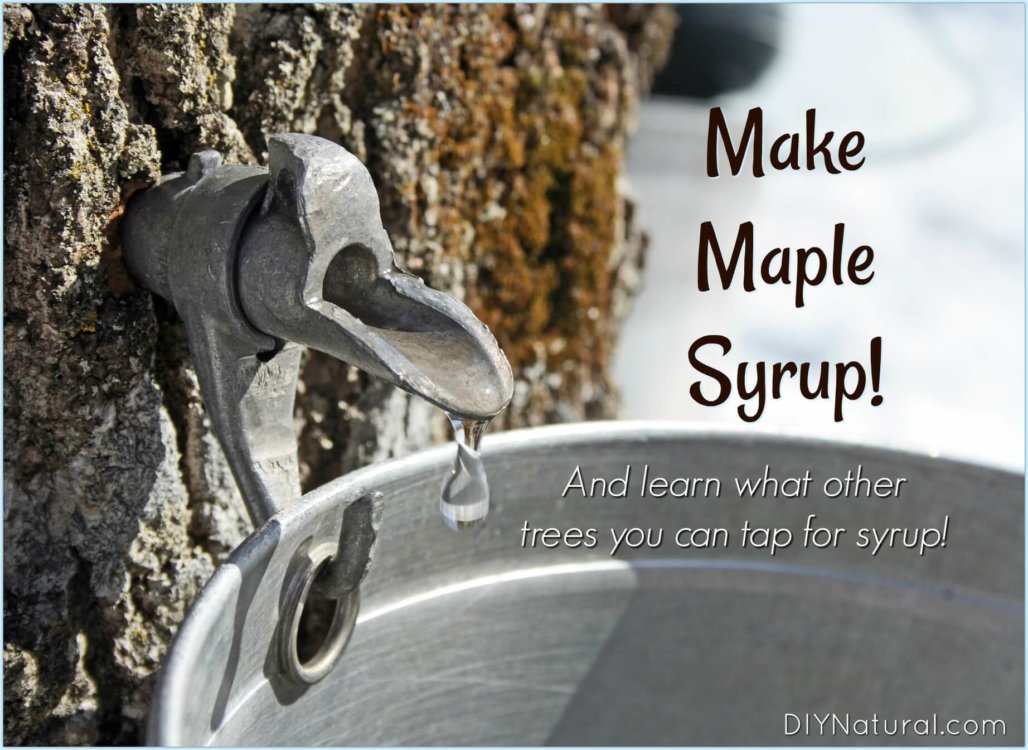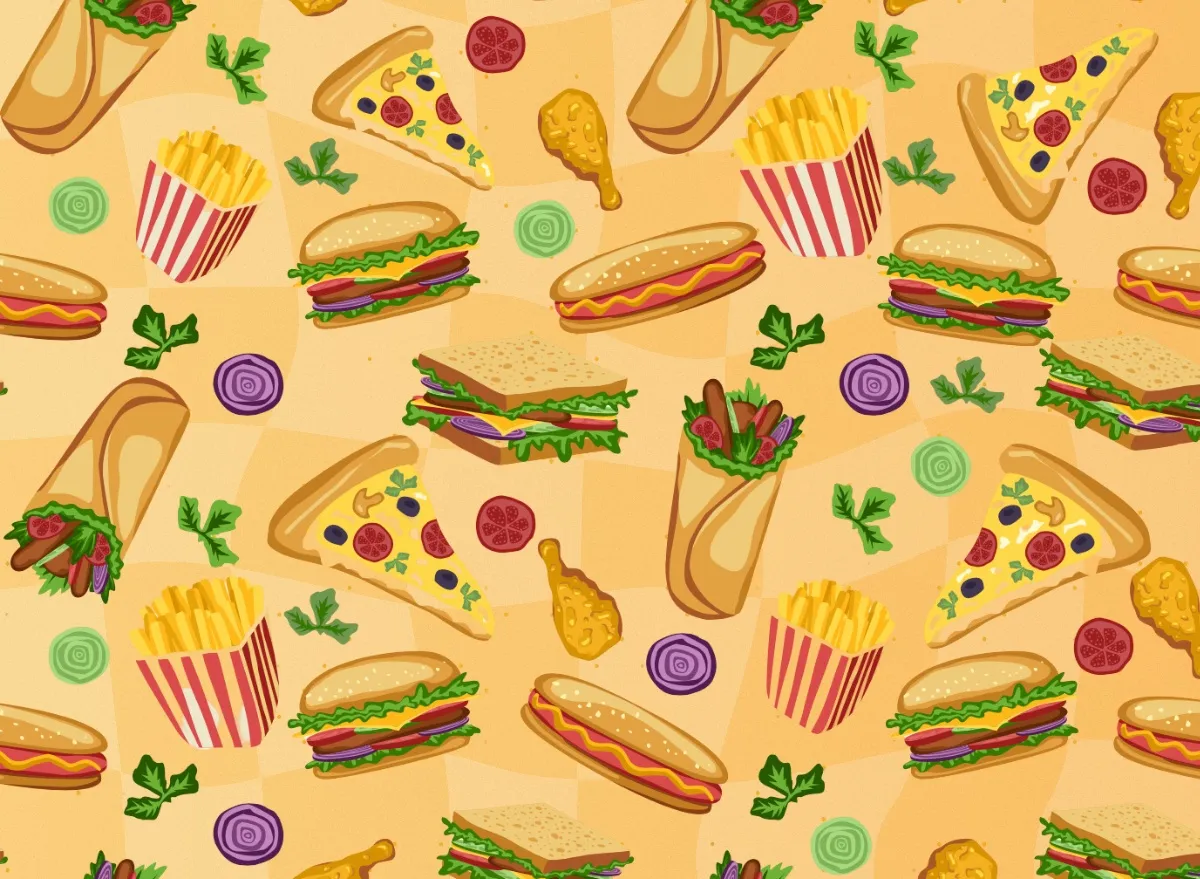

While it’s easy to make maple syrup, it is surely time-consuming. We go over the process and also teach you about a bunch of other trees to tap for syrup!
Learn how to make maple syrup, along with all the other trees you can tap for syrup!
Maple syrup is a great natural sweetener, but did you know you can tap other trees for syrup? There are many others that work just as well, or in some cases better.
Why You Should Tap Your Own Trees
There is a certain joy found in doing things for yourself. Maybe you want to be more self-sufficient. Or maybe you’re watching chemicals and preservatives. Maybe you just want to use what you have. There are a number of reasons why you may want to tap your trees to make maple syrup. But did you know there is a storehouse of nutrients in many tree saps? These include:
- Fructose
- Glucose
- Vitamin C
- Phosphorous
- Calcium
- Magnesium
- Potassium
- Amino Acids
- Zinc
- Sodium
- and many others
Trees That Can Be tapped For Syrup
Here is a list of common (and some not so common) trees that can be tapped for sap to make maple syrup (or other syrups).*
1. Sugar Maple
2. Canyon Maple
3. Silver Maple
4. Red Maple
5. Black Maple
6. Bigleaf Maple
7. Norway Maple
8. Rocky Mountain Maple
9. Sweet or Black Birch
10. River Birch
11. Paper Birch
12. European White Birch
13. Gray Birch
14. Yellow Birch
15. Black Walnut
16. Heart Nut
17. Butternut
18. English Walnut
19. Beechnut
20. Hickory
21. Sycamore
READ RELATED: Unusual Jam Recipes: From Bourbon to Watermelon
22. Hop Hornbeam
23. Bow Elder
24. Alder
25. Elm
26. Gorosoe
27. Douglas Maple
28. Linden or Basswood
29. Palm
* There may be some value in others, such as pines and tapping their sap for resin, but most others are not edible or palatable.
How To Tap Trees for Syrup
Choosing a Tree
To make maple syrup, choose trees that are at least 12-inches in diameter and not diseased or damaged. If a tree is larger, about 24-inches in diameter or more, you can use more than one tap.
When to Tap
Most trees are tapped in the early spring, from February through March, depending on the type of tree and location. Trees are best tapped when the temperature is warm during the day and cold at night. Typically, the sap flows best with these fluctuations in temperature. This gives the sap a chance to flow up during the day, and down at night. The flow lasts about 5 weeks.
Tapping Tips
Start making maple syrup by tapping on the sunny side of the tree, usually the south side. Use a drill bit that is about 5/16″ (find one here) and make the hole about 2½ inches deep. Angling slightly upward will help the flow.
Insert the spile, which is the tube that carries the sap out of the tree and into the bucket. I use a bamboo tube that has an angle cut on the end. (Find a stainless steel spile here.)
If your spile doesn’t already have a hook attached, cut a few notches to hold the bucket. You can also nail a hook into the tree. This won’t hurt the tree if it is removed when you’re done. Hang the bucket and cover it to keep rain and debris out of it.
If all goes well and the temperatures stay above freezing during the day, you can get anywhere from 10-70 gallons of sap from a single tree. Be sure to cover and refrigerate your sap until you’re ready to make maple syrup.
Alternative Method (A good activity for kids)
I learned a simpler method for collecting sap from trees for maple syrup when I was just a kid. Note: This method won’t yield as much as tapping, but is a fun activity to do, especially with kids.
1. Nick a branch on the end and clean it well.
2. Place a clean glass bottle, such as a soft drink bottle, over the branch.
3. Tape the opening of the bottle around the branch so nothing else gets in the bottle.
4. Sap will flow into the bottle.
How to Make Maple Syrup (and other tree syrup)
Learning how to make maple syrup is fairly easy, but also time-consuming. For a gallon of maple syrup, you’ll need about 40 gallons of sap. For other trees, such as birch, you’ll need more or less. Birch typically takes 130-150 gallons of sap to make syrup.
Boil down the sap in a large kettle, being sure to keep lots of sap in the kettle at all times. Watch it closely, as the sap boils down fast. When the sap reaches 219°F, you’ll have pure syrup.
Filter the syrup while it is warm. Bottle, label, and refrigerate. (Read more here about storing syrup to get the longest shelf life.)
Using Your Homemade Maple Syrup
You can use your syrup for pancakes and waffles (of course!), as a natural sweetener in recipes, and even candy.
An easy candy recipe is to pour maple syrup over clean snow. I only do it on fresh snow to be sure there are no pollutants or debris in it. Pour in a slow, thin stream, going over the area in a circular motion (like a funnel cake). Let it sit for a minute or two to harden and eat it on the spot.
Bonus Syrups
Try making these other syrups too:
Have you tapped trees before? Do you know how to make maple syrup or other tree syrup? Let us know about your experiences!
*******
Source: DIY Natural – Food




